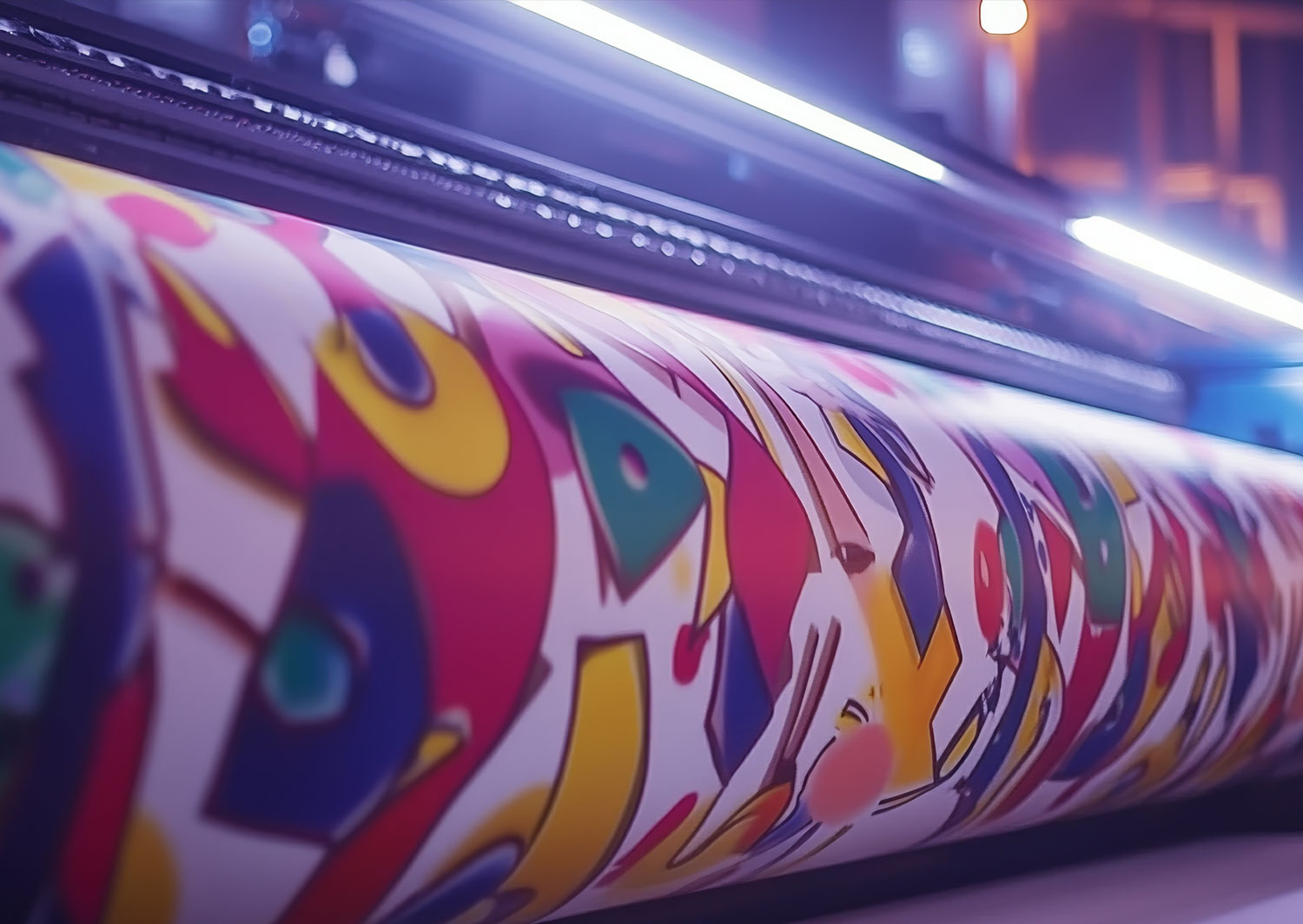
For artists and collectors alike, giclée printing has revolutionized the way fine art is reproduced. With its unparalleled quality, color accuracy, and archival longevity, this printing method has changed how artists share their work and how collectors experience art in their own spaces.
Before giclée, art reproductions were often low in detail, with muted colors and visible dot patterns from offset printing. In the late 1980s, printmaker Jack Duganne developed a new process using high-resolution inkjet printers to spray pigment onto fine art paper.
This method, which he named “giclée” (French for “to spray”), allowed for incredible color accuracy and detail. Unlike traditional prints, which relied on limited color separations, giclée uses a broader range of pigments, blending seamlessly for a richer, more natural look.
The beauty of giclée prints lies in their ability to capture the depth, tone, and texture of an original painting. High-quality archival inks ensure that even the subtlest shifts in color and shading are preserved, creating prints that are nearly indistinguishable from the original.
Unlike mass-produced prints, giclée offers exceptional sharpness and vibrancy, making every brushstroke, highlight, and shadow stand out. This attention to detail allows collectors to own a museum-quality piece of art at a fraction of the cost of an original.
Another key benefit of giclée is its longevity. While traditional prints may fade over time, giclée prints, when properly cared for, can last over 100 years without noticeable degradation. The use of acid-free fine art paper and fade-resistant inks ensures their durability.
For artists, giclée has opened up new possibilities. Instead of relying solely on selling originals, artists can now offer stunning, high-quality reproductions. This means more accessibility for buyers and the ability to share work with a wider audience.
Limited edition giclée prints have also allowed artists to maintain exclusivity while providing collectors with a valuable, signed, and numbered piece. The ability to print on demand has reduced the need for large inventory, making fine art more sustainable.
Collectors, too, have embraced giclée printing as an affordable way to acquire artwork from their favorite artists. Whether it’s a striking landscape, a cityscape, or a wildlife portrait, giclée prints allow for high-end quality without the price of an original painting.
Not all prints are created equal. Standard digital prints, often mass-produced with dye-based inks, tend to fade quickly and lack the rich tonal range of giclée. By contrast, giclée uses pigment-based inks, which offer deeper saturation and lasting vibrancy.
The printing process also allows for greater flexibility. Artists can reproduce their work on various materials, from textured watercolor paper to gallery-wrapped canvas, ensuring that each print has the feel and presence of an original.
As an artist, I want my prints to reflect the same care and craftsmanship as my original paintings. That’s why I use giclée printing for my fine art reproductions. Each piece is color-matched and printed on archival-quality materials to maintain authenticity.
From the soft glow of a winter cityscape to the bold contrasts of a wildlife portrait, my giclée prints capture every detail, preserving the essence of the original. You can explore my collection here: Clayt Lennox Giclée Prints.
Giclée printing has completely transformed fine art reproduction. With its exceptional detail, rich color, and archival quality, it has become the gold standard for artists and collectors alike. Whether you’re looking to invest in art or simply enjoy it, giclée offers the best experience.
Fresh Updates from the Studio